By Sandhya Sridhar
The kingdom of Mahishmati gained some amount of limelight as the setting for the fictitious historical, Baahubali, made in various languages. In the film, the city itself has been given a back-history, with a royal lineage. You can read about it here, on this fandom page.
But there has been an actual kingdom of Mahishmati in central India, one that has a fairly glorious history and finds mention in many of our historical texts. In the region of what is now Madhya Pradesh, the historical Mahishmati stood on the banks of the river Rewa, now known as the Narmada. This city finds mention in the Mahabharata, as the capital of a kingdom that Sahadeva, one of the Pandavas, conquers. In the Sabha Parva of the Mahabharata, in the Digvijaya Parva, Sahadeva who went to the south with his armies, and conquers Mahishmati.
The Sabha Parva describes the establishment of the reign of the Pandavas from the city of Indraprastha, where Maya, the divine architect helps them build a palace and an assembly hall. Yudhishtra decides to perform the Rajasuya yagna, and for this, he has to establish his supremacy among all the kingdoms around. As part of this, Sahadeva marches south to conquer all the kingdoms in that direction. The ruler of Mahishmati at that time was King Nila, and he was defeated by Sahadeva.
Mahishmati also appears in other narratives. A prominent ruler of the kingdom is Kartavirya Arjuna, or Arjuna of a thousand arms, of the Hehaya clan. The history of this clan is closely intertwined with that of the Bhargavas, who were the preceptors of the Hehaya dynasty. The most famous of the Bhargavas is Rama of the Axe or Parasurama, the son of the great guru Jamadagni. Kartavirya Arjuna even defeated Ravana, the king of Lanka, in an encounter along the banks of the Narmada.
However, his downfall came when he visited the ashrama of the sage Jamadagni, where he and all those who accompanied them were fed a sumptuous feast. The dishes on the leaf, each was tasty, some were exotic and others, rare. Arjuna was so entranced by the meal that he asked how the sage managed to serve such a feast fit for a king.
Jamadagni told him that it was thanks to Sushila, his wish-giving cow, who was a sister of Kamadenu, also a wish-giving cow. Arjuna immediately wanted the cow for himself. He begged the sage to give Sushila to him. But Jamadagni refused. “She is like a daughter to me,” he told the king.
So Kartavirya Arjuna asked his men to forcefully take the cow from the sage, and in the skirmish, Jamadagni was killed. When his son Parasurama came to the ashram and heard what had happened, he vowed to kill all the kshatriyas of the world, and eventually, killed the thousand-armed king of Mahishmati.
While the epics and our Puranas are rich with mentions of Mahishmati, actual archaeological records do not have much to give us. There is a lot of debate about where exactly the city stood geographically. Besides, there is confusion as to whether it was once the capital of the Avanti kingdom, or perhaps the Anupa kingdom. Besides, there are quite a few smaller South Indian dynasties that identify themselves as being descendants of the rulers of Mahishmati.
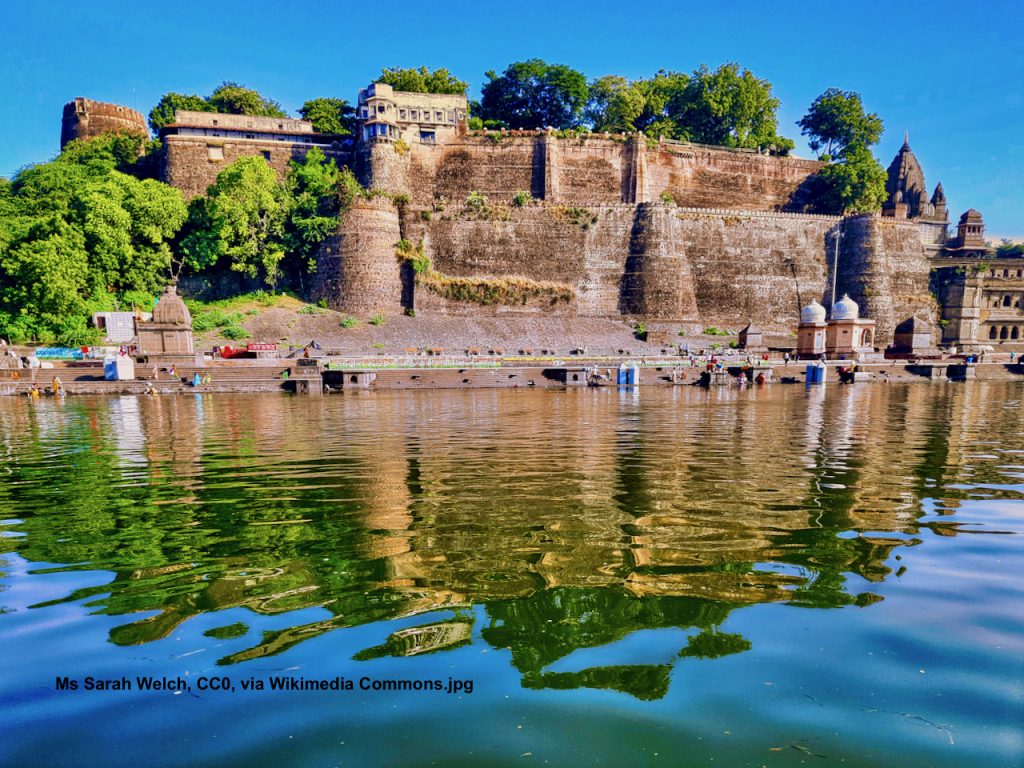
On the banks of the Narmada, in Maheshwar, which could have been the site of the ancient Mahishmati
However, some scholars have identified the location of Mahishmati along rough lines. It was said to be located south of Ujjain and north of Prathishtana, placing it firmly somewhere between these cities. Patanjali, for example, has said that if one travelled from Ujjain, they could see the sunrise at Mahishmati. Some of the other cities that have claims to being the ancient city include Omkareshwar, Maheshwar and Mandhata. Some feel that this city, as mentioned in the text Harivamsa, could only be an island. Inscriptions have been found of grants and gifts from kings of Mahishmati, but without clear evidence, details of this city have been lost in the mists of time.
Meanwhile, the Baahubali franchise has reimagined Mahishmati in celluloid grandeur, in a fictitious manner, creating for the city a dynasty and back story that caught the imagination of the people at a time when films had nothing of interest to offer, triggering off a series of historicals on the big screen.




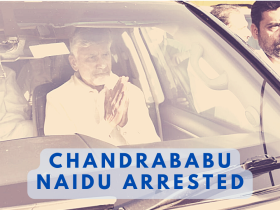
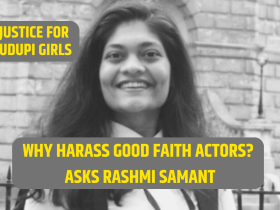
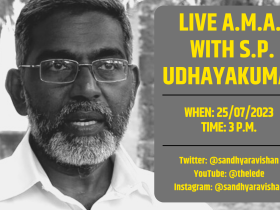

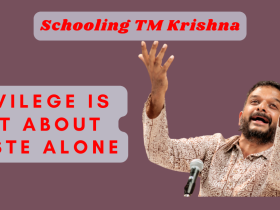

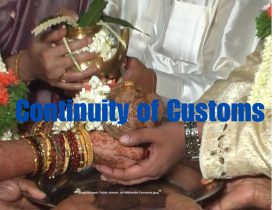


Leave a Reply